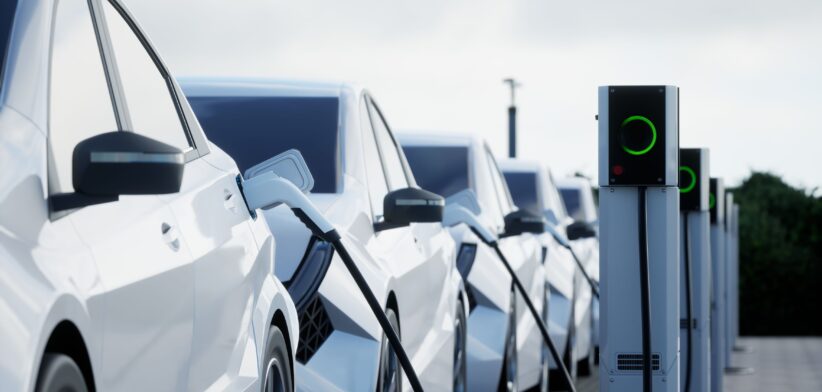More than a third of Australia’s energy storage needs could by found on our roads within the next five years.
Australian Renewable Energy Agency (ARENA) CEO Darren Miller said the key was establishing bidirectional electric vehicle (EV) charging in this country.
In releasing a National Roadmap for Bidirectional Electric Vehicle Charging, Mr Miller said electric vehicles were the future of distributed energy storage.
He said bidirectional charging, which was the ability of an EV to not only draw power from the grid, but also send power back, had the potential to become one of the largest forms of flexible energy storage in Australia.
“By the early 2030s, the battery capacity of our electric vehicle fleet is projected to outstrip all other forms of energy storage in the National Electricity Market (NEM),” Mr Miller said.
“With estimates suggesting 1.5 million EVs on Australian roads by 2030, even 10 percent of those adopting Vehicle-to-Grid could meet 37 percent of the NEM’s total storage needs, while also giving Australians control over their contribution to the clean energy transition.
“This innovation isn’t just beneficial for the grid. It could also save Australians up to $5 billion in total by reducing the need for large-scale battery storage investments.”
Mr Miller said the Roadmap laid the foundation on which key industry and government stakeholders could identify and adopt policy settings and strategy initiatives to realise the benefits of bidirectional EV charging.
He said while not yet directly available to Australians, the technology had been successfully tested through small-scale trials and future benefits could included:
- Energy storage: Your EV can act as a backup power supply for homes or businesses in case of a power outage in place of a dedicated home battery.
- Reduced power bills: Once the technology becomes widely available, consumers with V2G-enabled EVs will have the opportunity to take advantage of their own ‘battery on wheels’ to respond to dynamic electricity pricing and make further savings.
- Grid support: It can help stabilise the power grid by supplying power back during times of high demand.
“Bidirectional charging is a small but important step toward creating an Australian energy network that’s more renewable, more reliable and more affordable for all Australian,” Mr Miller said.
Read the National Roadmap for Bidirectional EV Charging in Australia.








